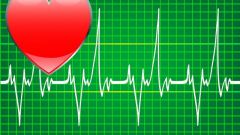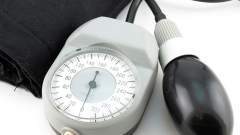Instruction
1
If a person continually expose their bodies to great physical stress, the pressure will almost always be a little high. In healthy people, and athletes in particular, the indicators are normal blood pressure range from 120/ 80 mm Hg.St. to 130/80 mm Hg.St. With a sharp jump in heart heart rate up, be sure to find out what was the cause of pressure increase – it could be stress, fear or nervous shock.
2
Athletes fall into a separate risk group for the development of hypertension, as any exercise with power training is a physical stress to the body, which is forced to operate at full power. In a result blood pressure rises and in the absence of proper control can lead to heart attack or stroke, even in the trained athlete. To avoid this, you should regularly check your pressure with a mechanical or automatic blood pressure monitor, and also consult with cardiologist before starting a difficult and prolonged exercise.
3
Below the athlete has not arisen hypertension, it is necessary first of all to strengthen the heart muscle with aerobic exercises. They dilate blood vessels, preventing high blood pressure and developing internal vascular surface, improve the function of blood vessels and accelerating the growth of capillaries. The result of the class is to improve blood circulation in the whole body, allowing the person to safely engage in their favorite sport.
4
Also, athletes need to remember that common cause of hypertension are anabolic steroids or steroids – therefore, doctors recommend to refuse their use for people over the age of 35. Other athletes who take these drugs should have regular visits with a cardiologist to monitor their pressure. It is also important to choose the right sports nutrition, which must not include the stimulants ephedrine and caffeine greatly increases blood pressure – while supplementing with glutamine, creatine and phosphate are safe for athletes.
Note
Also adversely to affect blood pressure, insomnia, excessive use of salt and alcohol.
Useful advice
In addition, well prevent the development of hypertension water aerobics, yoga and qi-Gong.


